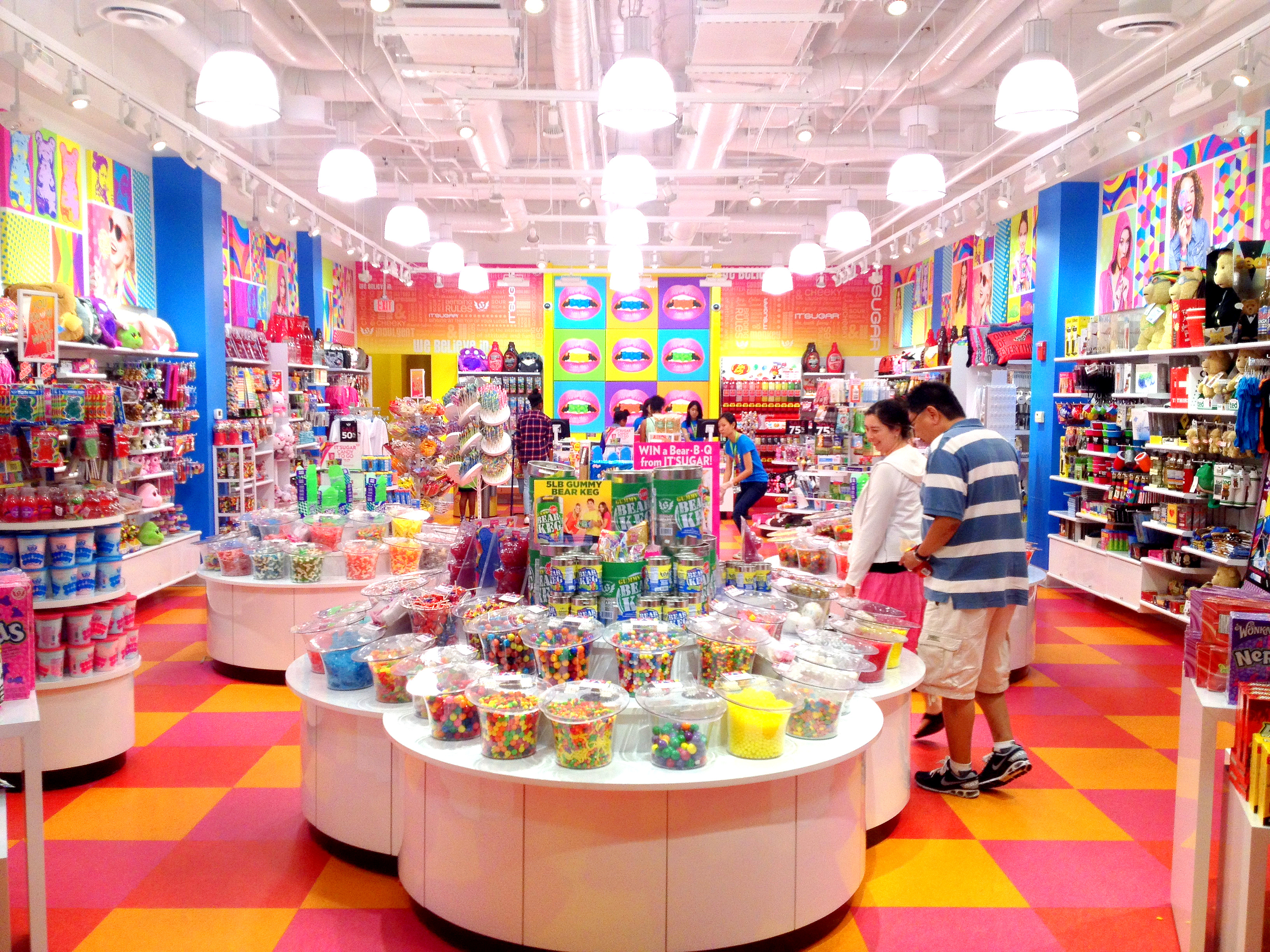Not known Details About I Luv Candi
Not known Details About I Luv Candi
Blog Article
I Luv Candi Fundamentals Explained
Table of ContentsThe Basic Principles Of I Luv Candi What Does I Luv Candi Mean?Get This Report on I Luv CandiGet This Report on I Luv CandiI Luv Candi Can Be Fun For Anyone
We've prepared a great deal of organization strategies for this kind of project. Here are the typical client sections. Client Section Summary Preferences Just How to Find Them Children Youthful customers aged 4-12 Vivid sweets, gummy bears, lollipops Partner with regional schools, host kid-friendly occasions Teenagers Teens aged 13-19 Sour sweets, uniqueness things, fashionable deals with Engage on social media sites, work together with influencers Parents Adults with little ones Organic and healthier alternatives, nostalgic sweets Deal family-friendly promos, promote in parenting magazines Students University and college trainees Energy-boosting candies, inexpensive snacks Companion with neighboring universities, advertise during exam periods Present Customers People looking for presents Premium chocolates, present baskets Develop eye-catching display screens, use adjustable gift alternatives In analyzing the financial dynamics within our sweet store, we've discovered that clients normally spend.Monitorings suggest that a common client frequents the store. Specific periods, such as vacations and unique events, see a surge in repeat gos to, whereas, during off-season months, the frequency could decrease. lolly shop sunshine coast. Calculating the life time worth of an ordinary customer at the candy shop, we approximate it to be
With these factors in consideration, we can deduce that the average profits per client, over the training course of a year, hovers. The most successful consumers for a candy store are usually households with young kids.
This demographic often tends to make constant purchases, enhancing the store's profits. To target and attract them, the candy shop can employ colorful and spirited advertising and marketing approaches, such as dynamic screens, appealing promos, and possibly even organizing kid-friendly occasions or workshops. Producing a welcoming and family-friendly environment within the shop can also enhance the total experience.
How I Luv Candi can Save You Time, Stress, and Money.
You can additionally approximate your very own profits by applying various assumptions with our monetary plan for a sweet-shop. Average monthly revenue: $2,000 This kind of sweet-shop is frequently a small, family-run company, maybe recognized to residents however not bring in multitudes of vacationers or passersby. The store may provide an option of common candies and a couple of homemade deals with.
The store doesn't normally lug uncommon or expensive products, focusing rather on economical treats in order to maintain normal sales. Presuming an average investing of $5 per consumer and around 400 clients each month, the month-to-month earnings for this sweet shop would be roughly. Ordinary monthly income: $20,000 This sweet-shop take advantage of its calculated place in a busy city location, bring in a large number of clients trying to find sweet indulgences as they shop.
Along with its varied candy choice, this shop might additionally market relevant products like present baskets, sweet bouquets, and novelty products, offering numerous income streams - pigüi. The shop's location requires a greater budget plan for rental fee and staffing yet leads to greater sales quantity. With an approximated typical investing of $10 per customer and about 2,000 clients each month, this store can generate
Getting The I Luv Candi To Work
Located in a major city and tourist location, it's a huge facility, commonly spread over multiple floorings and perhaps part of a national or international chain. The shop uses an enormous variety of sweets, consisting of exclusive and limited-edition items, and merchandise like well-known clothing and accessories. It's not simply a shop; it's a destination.
The functional costs for this type of shop are substantial due to the place, dimension, staff, and features supplied. Assuming a typical acquisition of $20 per customer and around 2,500 customers per month, this front runner shop could accomplish.
Group Examples of Costs Typical Monthly Expense (Array in $) Tips to Reduce Costs Rental Fee and Utilities Store lease, electrical power, water, gas $1,500 - $3,500 Take more tips here into consideration a smaller place, bargain rent, and use energy-efficient illumination and home appliances. Supply Candy, snacks, packaging products $2,000 - $5,000 Optimize supply monitoring to reduce waste and track popular products to prevent overstocking.
Marketing and Marketing Printed materials, on-line advertisements, promos $500 - $1,500 Emphasis on cost-effective digital marketing and use social networks platforms for complimentary promo. carobana. Insurance coverage Service responsibility insurance coverage $100 - $300 Shop around for affordable insurance prices and take into consideration packing plans. Equipment and Upkeep Money registers, display shelves, repairs $200 - $600 Buy previously owned tools when feasible and do routine maintenance to expand devices life expectancy
Examine This Report on I Luv Candi
Credit Report Card Processing Fees Costs for processing card payments $100 - $300 Bargain reduced processing costs with settlement processors or explore flat-rate alternatives. Miscellaneous Office products, cleaning up supplies $100 - $300 Buy in bulk and seek price cuts on supplies. A sweet-shop comes to be successful when its total income surpasses its complete set expenses.

A huge, well-located sweet store would clearly have a higher breakeven point than a tiny store that doesn't require much income to cover their costs. Interested about the earnings of your sweet store?
Fascination About I Luv Candi

Economic recessions that decrease consumer spending can influence sweet shop sales and earnings, making it crucial for candy stores to manage their expenses and adjust to transforming market problems to stay lucrative. These threats are frequently included in the SWOT evaluation for a sweet-shop. Gross margins and net margins are essential indicators used to determine the productivity of a sweet store business.
Basically, it's the revenue remaining after deducting prices directly associated to the candy supply, such as acquisition costs from suppliers, manufacturing expenses (if the candies are homemade), and staff wages for those associated with production or sales. Internet margin, alternatively, consider all the expenses the sweet store incurs, consisting of indirect costs like management costs, marketing, rental fee, and taxes.
Candy stores usually have an average gross margin.For circumstances, if your sweet shop earns $15,000 per month, your gross revenue would certainly be roughly 60% x $15,000 = $9,000. Think about a sweet store that sold 1,000 sweet bars, with each bar valued at $2, making the total income $2,000.
Report this page